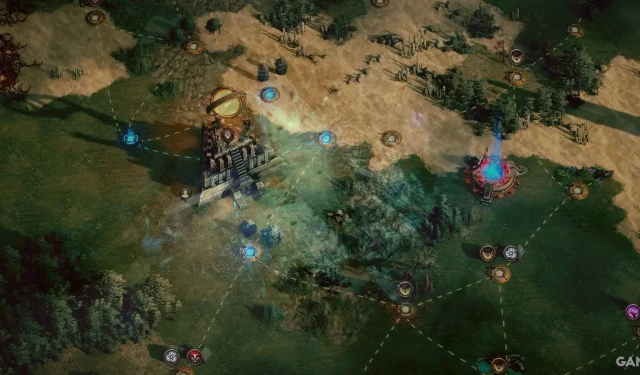
Overview of Path of Exile 2
- Path of Exile 2 sets itself apart from its predecessor with a revamped ARPG gameplay experience.
- The game introduces challenging mechanics including tough boss encounters and unique dodge mechanics inspired by Souls-like games.
- Players must adapt their strategies to mitigate loot losses and enemy respawns after death, embracing the use of Waystones thoughtfully.
For veteran players of Path of Exile, the evolution into Path of Exile 2 may seem jarring at first. This sequel not only retains the core essence of an ARPG but also strives to innovate with a distinct gameplay loop. The increasing player engagement on Steam indicates the developers at GGG are successfully navigating challenges such as community feedback, nerfs, and discussions surrounding the game’s heightened difficulty. This evolution involves an intentional nod to Souls-like mechanics, highlighting a more complex challenge for players.
Before even entering early access, Path of Exile 2 was already acknowledged for its steep difficulty curve, with members of the development team openly struggling against its formidable boss encounters during demonstrations. Souls-like games are known for their rigorously punishing gameplay, and many boss fights in Path of Exile 2 exemplify this with limited arenas, intricate attack patterns, and multiple fight phases. Furthermore, the treatment of loot and enemy encounters after a player’s death reinforces this theme.
Understanding the Soulslike Death Mechanics in Path of Exile 2


Incorporating facets familiar to gamers of the Souls-like genre, Path of Exile 2 implements a death mechanic where players forfeit collectible loot upon dying, echoing similar consequences found in titles like Dark Souls. Upon death, players return to their last waypoint, and all defeated enemies respawn, effectively increasing the stakes during gameplay. This design choice adds a layer of tension, making every encounter insightful and cautious. However, the consequences can be especially severe in the endgame, where players will need to strategically manage their survival to secure valuable items.
In the original Path of Exile, dying led to characters respawning at their Hideout, requiring players to consume additional portals to re-enter instances. In contrast, a death in Path of Exile 2 while navigating Waystones results in the loss of that checkpoint, considerably heightening the punishment. Such mechanics elevate the risk-reward balance throughout the campaign, demanding player resilience while facing various bosses and formidable Rare monsters, all while navigating infrequent Waypoints.
Path of Exile 2: A Logical Evolution within the ARPG Landscape

The comparison of Path of Exile 2 to other Souls-like games offers a commendable perspective, as it steadily garners its unique identity within the action RPG realm. The integration of traditional Souls-like facets along with ARPG conventions differentiates GGG’s title in an innovative manner. While the difficulty level is elevated, it adeptly balances challenge without veering into excessive frustration during the campaign.
One standout feature is the emphasis on dodging mechanics for players, urging them to develop precise skills to evade boss assaults and to familiarize themselves with enemy patterns. Although the endgame, particularly within Path of Exile 2’s Atlas, demands absolute vigilance—dying at a Waystone can result in not just loss of progress, but also experience penalties—this structure creates a compelling challenge reminiscent of prior experiences in the original game.
Your survival and success in Path of Exile 2 hinge on mastering this refined approach, positioning the game as a natural continuation of its predecessor’s legacy within the action RPG genre.




Leave a Reply ▼